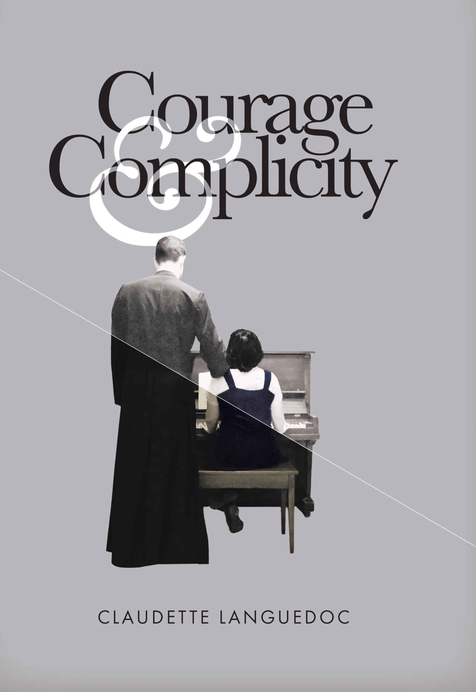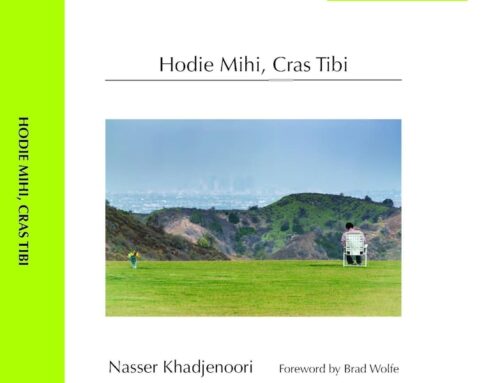
Memories of a former teacher in a residential school for Indigenous children are provoked by a strange gift and a mysterious visitor in the evocative novel Courage and Complicity by Claudette Languedoc.
Mary Block is a naïve but adventurous girl living in Toronto in relative comfort and safety when she answers an ad in 1947 to teach Indigenous children in the backwoods town of Bear Lake. She will board with a local lady and work under the sway of Catholic nuns and monks.
She at first concentrates on pleasing her employers, being the ideal teacher and tenant. But as initial nervousness is conquered, she begins to take a closer look at conditions in the school where the students are considered inferior by most of their educators, and in the town, where deep racial and cultural divides mean that indigenous people are ghetto-bound and generally despised.
Her students, she finds, are often resistant to learning; some speak almost no English and others are bright but rarely expressive. There are many rules, Mary will find, and severe punishments, such as being whipped with a belt while classmates look on. She tries to encourage them with drawing exercises and writing short essays.
Mary becomes more observant, quietly questioning with the counsel of one sympathetic monk. On a wilderness walk, she is invited into the cabin of a hard-boiled but friendly Indigenous woman, Annie, who begins to educate her in the ways of those who choose to live off the land. Such escapades cause a rift with her Catholic co-workers, storms she weathers by trying to see the good in all and the flaws in herself. But then something happens that she can’t ignore, and she must speak out for justice for an abused Indigenous girl against the implacable power of the school authorities.
Languedoc, who is herself an adventurer as well as an author, has created this highly engaging story as a way of reminding us that such schools as she depicts in her fiction are historical fact, a legacy that Americans and Canadians share equally. Taking Indigenous children from their families in order to educate them in the ways of the “superior” whites was a form of cultural imperialism that began in the New World as early as the 1600s, as she delineates in a chronology offered at the end of the book. Such education was compulsory, and the institution continued in Canada until the 1990s.
As such, this novel acts as a history lesson – seeming at first glance to be a work of historical fiction about a time centuries in the past, but has the distinct and eerie impression of being frozen in time. Languedoc doesn’t hit her message too hard, instead showing the mistreatment and general condescension towards Indigenous people through action and behavior, thereby making her narrative more moving and effective.
Importantly, Languedoc doesn’t make her story a black and white tale of good and evil. She presents as fair a picture of the residential school model as she can, showing some good intentions along with many pernicious consequences. Mary makes a credible spokesperson who strives to go along with the status quo until she can no longer do so in good conscience. The Indigenous people are also shown as complex: wise, canny, independent, and generally misunderstood.
All told, Courage and Complicity is a strong, vibrant, action-filled book with a strong message about the treatment of Indigenous people, with an undeniably cinematic feel for its rich characters and evocative sense of place.
Book Links
STAR RATING
Design
Content
Editing
Get an Editorial Review | Get Amazon Sales & Reviews | Get Edited | Get Beta Readers | Enter the SPR Book Awards | Other Marketing Services























Leave A Comment